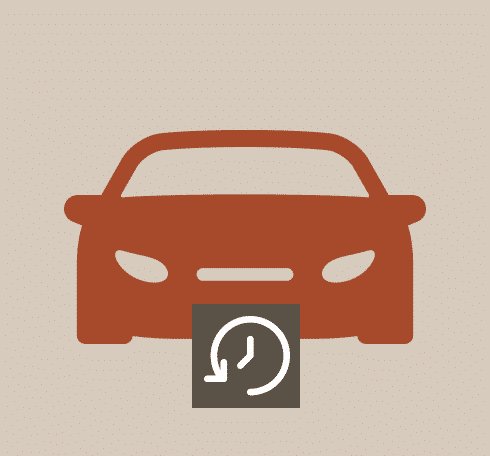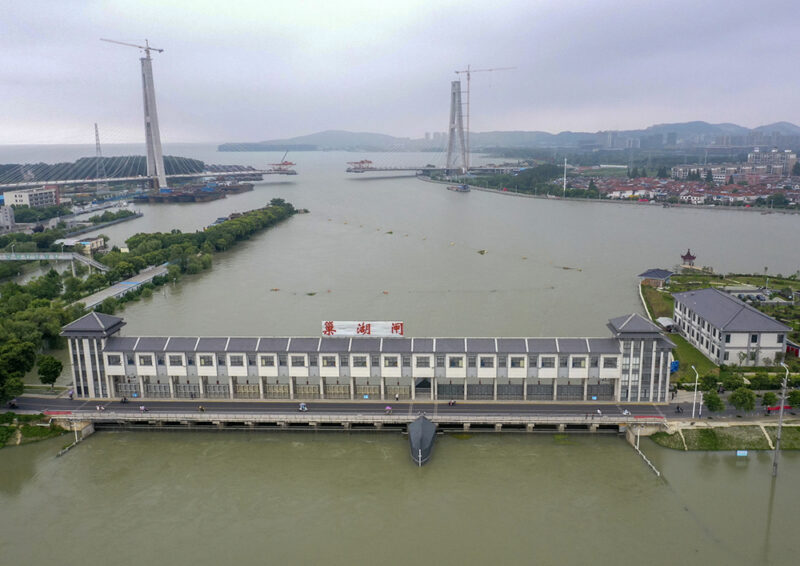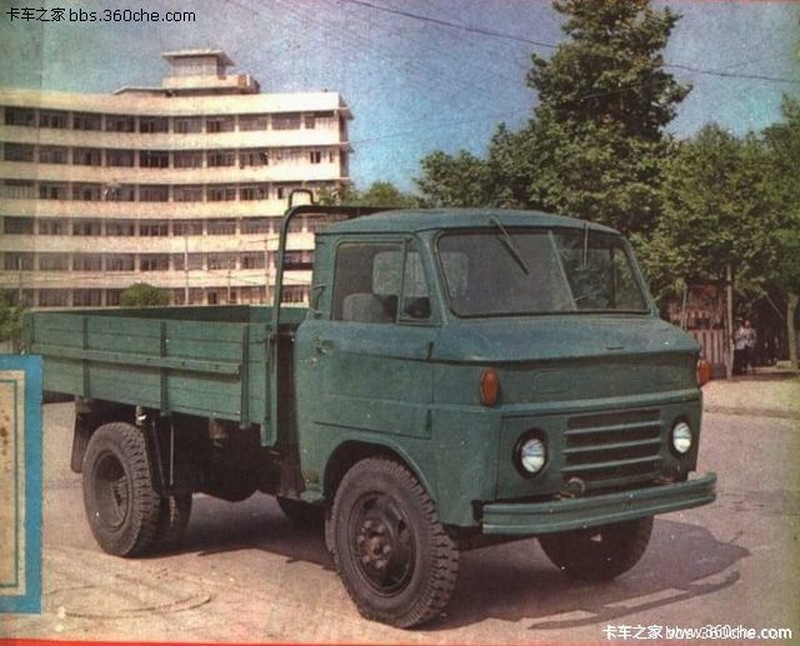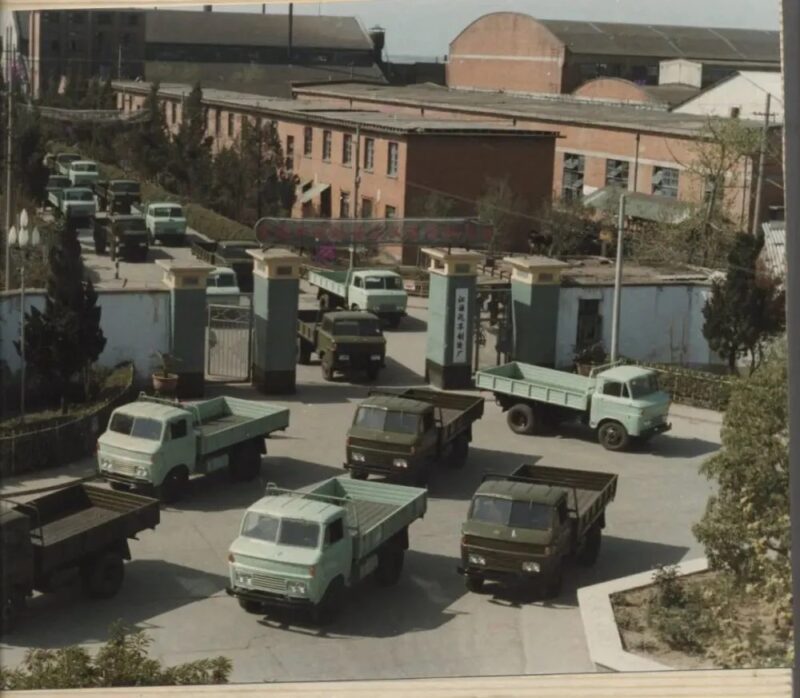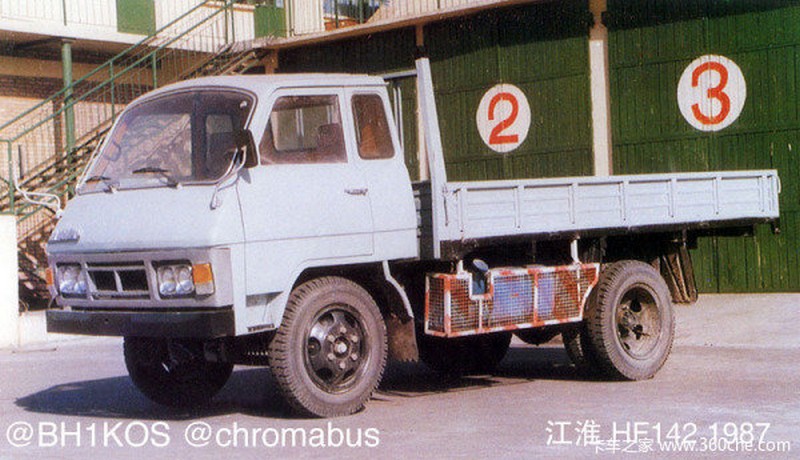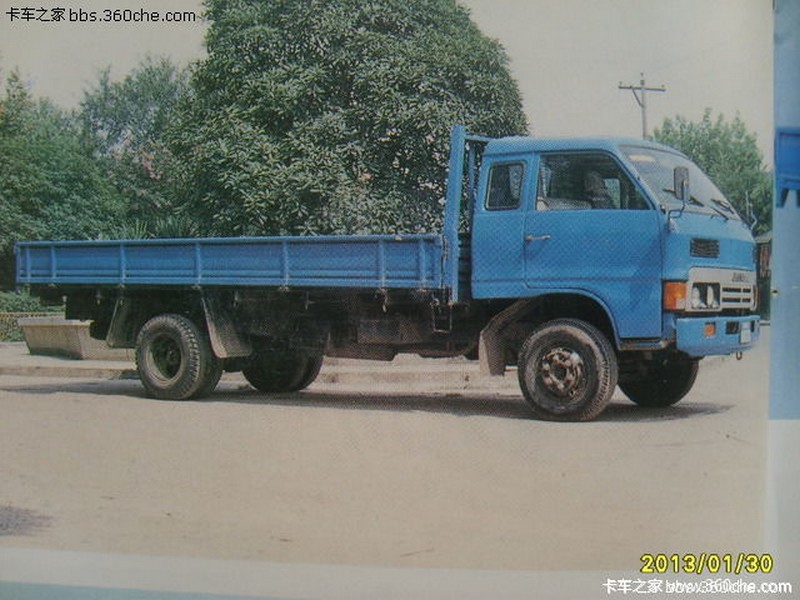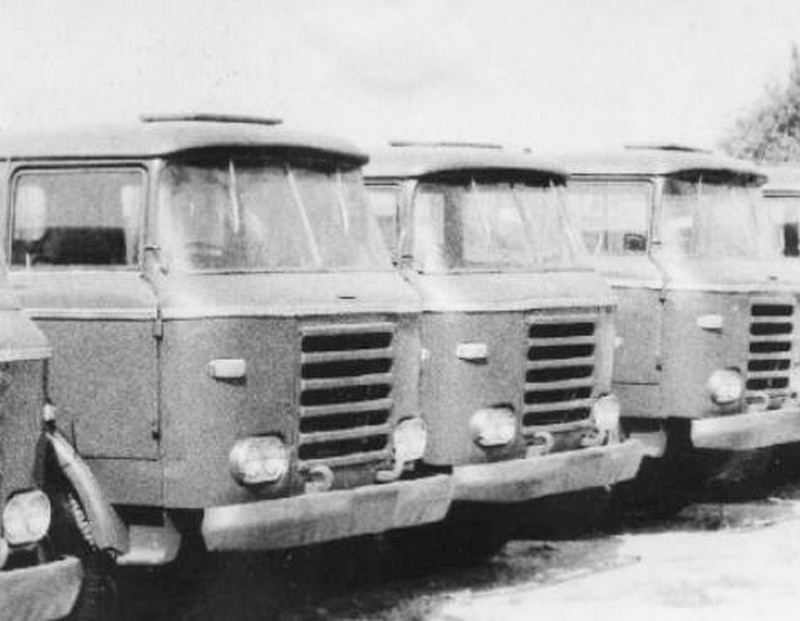The Big Read – JAC (1/3) – The early years
JAC is one of the later entrants in the Chinese car market. The company secured a passenger car permit in 2007, when the Chinese car boom was already well underway. And if this belated start didn’t make prospects of the new car maker difficult enough, it also had just lost its international partner. Meaning, JAC had to do it all on its own. A recipe for failure? Well, not quite, as we will find out soon enough. Although the passenger car production began only fifteen years ago, the company history goes back much further.
Open the floodgates
Hefei is a large city of over 9 million inhabitants today and the capital of Anhui province since 1945. The city is situated on the northwestern bank of Lake Chao, China’s fifth largest fresh water lake. No less than 33 rivers and streams drain into the lake from the surrounding mountains. There’s only one exit. On the opposite end of the lake from Hefei, there’s Chaohu city at the mouth of Yuxi river. This river connects Lake Chao to the mighty Yangtze river.
This part of Anhui province has a sub-tropical monsoon climate. It means generous amounts of rainfall, all concentrated in the spring and summer. You can probably already sense the recipe for disaster. Melt water in spring, followed by heavy rains that all gather in a single large lake. It’s a flood waiting to happen, not just at the lake, but even more so in the Yangtze river basin, that has to dispatch the huge amount of water.
Of course the locals were very well aware of the risks and to curb the annual flooding in the Yangtze river basin, the Anhui government made plans for some extensive waterworks in the area in the 1950s. Part of the plan involved a river dam between Lake Chao and Yuxi river in Chaohu City. The dam would have flood gates that could be used to control the water level in the lake and the amount of water released to the Yangtze river. Construction of Chaohu Gate began in 1958 with the establishment of the Chaohu Gate Mechanical Repair Factory.
The Repair Factory was tasked with developing and maintaining the machinery needed to operate the floodgate doors. Construction of the 16-door river dam continued until 1962, when the project was finished. That left the Repair Factory with a lot less work to do, but fortunately it had an imaginative manager. This man, named Wang Qingyuan, proposed the idea to scale up the factory, instead of scaling it down. Wang thought the factory could make auto parts as well. To his own surprise, his bosses in the provincial government agreed with him.
Opportunities everywhere
Later in 1962, Wang and some delegates from the factory visited an automotive trade show in Wuhan. This was before the government had formally decided on the auto parts plan, but it didn’t stop Wang from going ahead full speed. He invented the company name Chaohu Auto Parts Factory on the spot, carved a signature stamp from a piece of wood and actually accepted orders from other businesses. Orders for all kinds of parts, like clutches and brake systems.
Back home, Wang had a lot of work to do. The reality was, he had no government approval, no factory equipment and no skilled workers. So good luck making the parts. But the brief case full of orders did wonders. The government approved the factory and the company name, so on January 1, 1964 the Chaohu Auto Parts Factory became reality. Two months later it merged with Anhui Internal Combustion Engine Factory and it had its machinery. Later in the year, the company moved across the lake to Hefei. As for the people, Chaohu Auto Parts recruited some experienced engineers from FAW and selected 1200 workers from reform-through-labor prisoners in the public security system. These inmates were put to work in the factory and received a reduction of their sentence in return for hard work and good behavior.
With the factory up and running, things got more serious in November 1965. The Anhui government signed a deal with Nanjing Automobile, manufacturer of the Yuejin trucks. Chaohu Auto Parts would become a major supplier to Nanjing for its 1-ton truck. It started mainly with engine parts, but soon enough a complete assembly line was shipped to Hefei and the Chaohu Auto Parts rapidly expanded. With the supply deal to Nanjing, the company was labeled a military business and put under control of the army.
Do it yourself
And then the Cultural Revolution started, the 10-year disruptive period full of social unrest. First victim was Wang Qingyuan. The man who started the whole project had his communist loyalty questioned and was demoted to lowly position on the assembly line. So for a while Chaohu Auto Parts was in chaos. The Nanjing truck assembly never got off the ground, the factory stuck to part making. But in the meantime the idea of making cars had fallen on fertile ground.
In order to promote the local car industry, the provincial government set up an automobile committee. A team of engineers, mostly from Chaohu Auto Parts, abandoned the 1-ton truck and turned their attention to the well known Yuejin NJ130 instead. During all the chaos they designed a flat head truck based on the NJ130, that originally had a torpedo front. Despite the troublesome circumstances, the team and workers together managed to get a prototype ready by May 1968. Following inspection by several provincial, military and federal delegates, the truck was approved for production at Chaohu Auto Parts in 1969.

This left the factory directors with one more task: choosing a brand name. They decided on Jianghuai, which also inspired a change in company name. Chaohu Auto Parts now became the Hefei Jianghuai Automobile Factory.
The 2,5-ton truck, known as HF130 after Jianghuai received its production permit, was quite a remarkable product. Jianghuai made all the major parts itself, including frame, cab and engine. The only externally sourced parts were the driven rear axle and the gearbox. Now it wasn’t without its faults, but the most obvious problem was the engine. It was not powerful enough for its task, as the design was based on the engine for the 1-ton Nanjing truck. Jianghuai quickly designed a much stronger engine (120 hp and 310 Nm instead of 80 hp and 190 Nm) and in 1970 the truck went on sale as Jianghuai HF140.
A change of direction
In the early seventies Jianghuai spend a lot of time and effort on developing a 4-ton variant of its truck. Almost a dozen prototypes of this HF141 were built up to 1975. For unknown reasons this truck never made it past the development stage and so it was never sold. Instead Jianghuai followed the fashion of the time. Trucks at that stage often still had gasoline engines, but due to higher load and towing requirements, diesel engines were becoming more popular. So around 1980 Jianghuai also started offering its 3-ton truck as HF142 with diesel engines from Shanghai Diesel, Weifang or Bengbu. By then, the company had sold about 20.000 trucks since 1970.
In 1986 Jianghuai presented a much more modern 3-ton truck alongside the HF140 and HF142 models. This HF131 model was again mostly developed in-house, but it used Isuzu cabs purchased from Nanjing Automobile. The HF131 was available with either Jianghuai’s own gasoline engine or a diesel unit from Yangchai. In order to make this new truck, Jianghuai invested a healthy sum of money in new equipment: a 3000-ton hydraulic press, a 800-ton mechanical one, grinding and milling machines and several other pieces of heavy machinery. It was quite advanced equipment at the time and it turned Jianghuai’s chassis building department into a state-of-the-art operation.
It opened new doors. Jianghuai had found it difficult to grow in the competitive truck market. They were a small or medium sized operation at best. So when the board of directors investigated what new markets to consider, the advanced chassis making allowed for a surprising opportunity: bus chassis. China of course made its fair share of buses in any size, but these were either built on adapted truck frames or on shared foreign technology. No one had yet bothered to develop a dedicated platform specially for buses.
And that’s where Jianghuai found its niche. The company developed a dedicated rolling platform (including engine options) for smaller buses, in the six to eight meter segment. Introduced in 1990, the product became popular instantly, so much so that Jianghuai dominated 80% of the segment in just a few years time, according to some sources. Jianghuai continues this leading role in bus chassis until today. In trucks and passenger cars (more on those later on) Jianghuai is a medium sized manufacturer at best, but with buses, both chassis and complete products, it’s a very important player. Which leads to…
We need to talk about buses
Juanghuai was not the only automotive company in the Hefei region. There were several companies, most of them parts makers. During the Cultural Revolution all of them fell under army rule, but in January 1975 the military transferred the entire industry to the provincial government. The province created the Anhui Automobile Industry Corporation (AAIC), a bureaucratic committee, not an enterprise, to oversee the activities. About thirteen companies come under control of the AAIC, among them Juanghuai itself, the Hefei Bus Factory and the Hefei Feihe Automobile Factory.

The Hefei Bus Factory is the oldest of the three. The enterprise began as the Hefei Automobile Maintenance Deport in September 1950 and changed its name to Hefei Bus Repair Factory in April 1964. For most of its time the factory did what its name implies: maintain the fleet of public transport buses in the city of Hefei. But with the switch to provincial control under AAIC, it also changed its business mission. A small capacity production line was set up for a capacity of 300 vehicles per year. Hefei Bus Repair joined Jianghuai in the purchase of modern equipment in the early eighties, which greatly improved capacity.
When Hefei Bus Repair became a manufacturer, it also changed its name to Hefei Bus Factory. The company took advantage of the Jianghuai designed platform and launched a series of small public transport buses. These buses did very well in the market and Hefei Bus Factory grew from a miniscule manufacturer to one of importance. In December 1996 AAIC transferred full control of the company to Jianghuai. With that Jianghuai not only made bus chassis, but now had the ability to make complete vehicles. Today Heifei Bus Factory is called Anhui Jianghuai Bus and it’s a wholly owned subsidiary of Anhui Ankai Automobile.
Which brings me to other factory under AAIC control I mentioned, Hefei Feihe Automobile Factory. This city-owned outfit began in July 1966 as the Feihe Auto Repair Factory. It had only limited resources and produced mainly pistons and half shafts for truck makers Jiefang and Yuejin. During the military rule it was known as the Feihe Auto Parts Factory. However based on Jianghuai’s truck, Feihe developed the 8-ton HF150 truck and produced it in very small quantities from 1971 onwards. In 1975, after the company was transferred to AAIC, it became the Hefei Feihe Automobile Factory and added a few buses to its line-up.
The HF150 truck was the bestseller of the range. Production increased from 200 per year in the early seventies to 1.500 annually a decade later. Still, the buses is what got the company its ‘big break’. In 1993 Feihe and German bus maker Kassbohrer agreed to a technical partnership lasting 10 years. Feihe would make Kassbohrer designs, known as Setra, for the Chinese market. The brand name changed from Feihe to Ankai, a contraction of Anhui and Kassbohrer.
Contrary to the utility buses made by the Hefei Bus Factory, Kassbohrer Setra specialized in luxury coaches for long-distance travel. Ankai adopted all the advanced technologies from the Setra brand and propelled itself into the high-end coach market. It was clear break from the past, when Feihe built its buses on an old Steyr truck chassis. In 1997 Ankai became a listed company on the Shenzhen stock exchange. When the deal with Setra expired in 20003, the Anhui authorities were quick to pick up the now very successful company again. Jianghuai and its state-owned government holding together acquired a controlling interest in Ankai, now named Anhui Ankai Automobile Co., Ltd.
So by 2003 Jianghuai covers the entire bus market. The company itself is the largest manufacturer of bus chassis in the country and through its acquisitions it offers self-branded buses for public transport or high-end coaches under the Ankai brand. A few years later, Jianghuai makes another acquisition. Normally I wouldn’t have mentioned it, the factory now functions just as additional production capacity, but I wouldn’t leave the reader this week without mentioning a single passenger car.
We’re talking about a business that sees the light in 1970 as the Jiangdu Automobile General Factory. Jiangdu is a city in Jiangsu province, a few hundred kilometers downstream the Yangtze River from Hefei. In the beginning the Jiangdu Factory just does vehicle modifications. Somewhere in the late eighties it starts to assemble entire cars, mostly passenger vans. These vans are clones of the Iveco Daily or Toyota HiAce, but I can’t find out if these were straight copies, or if the bodywork was purchased somewhere.
Anyway, the factory changed its name to Jiangsu Nushen Automobile Group. Nushen became the brand name and means goddess. In 1996 Nushen launches its first passenger car, the JB6500. This is a real copy of the Chevrolet Lumina APV, the futuristic people carrier. The car is powered by a former Chrysler engine, sourced from FAW. The Goddess Lumina is sold until 2001. By then the company is running out of funds and needs help. In the next ten years it has several owners and one of them turns Nushen into a bus maker and renames it Jiangdu Bus Factory. Although that works slightly better, it’s still not very profitable. In 2010 Jianghuai buys the Juangdu Bus plant and turns it into an assembly factory for its own products.
Next week
In part two Jianghuai becomes a corporation and the starts making passenger cars.
Read more Automakers Stories
Every week we publish one exiting article about history of famous Chinese Automakers. Check the ones you haven’t read yet.
